On the eleventh hour on the eleventh day of the eleventh month, the last bullet was fired in the first world war more than a hundred years ago.
It is because of this that we celebrate Veterans Day. It was a day to cement the end of the war forever to end all wars, at least what we thought would be the war to end all wars.
Now, we dedicate this day to those men and women who have served for this country, fought for this country, and died for this country.
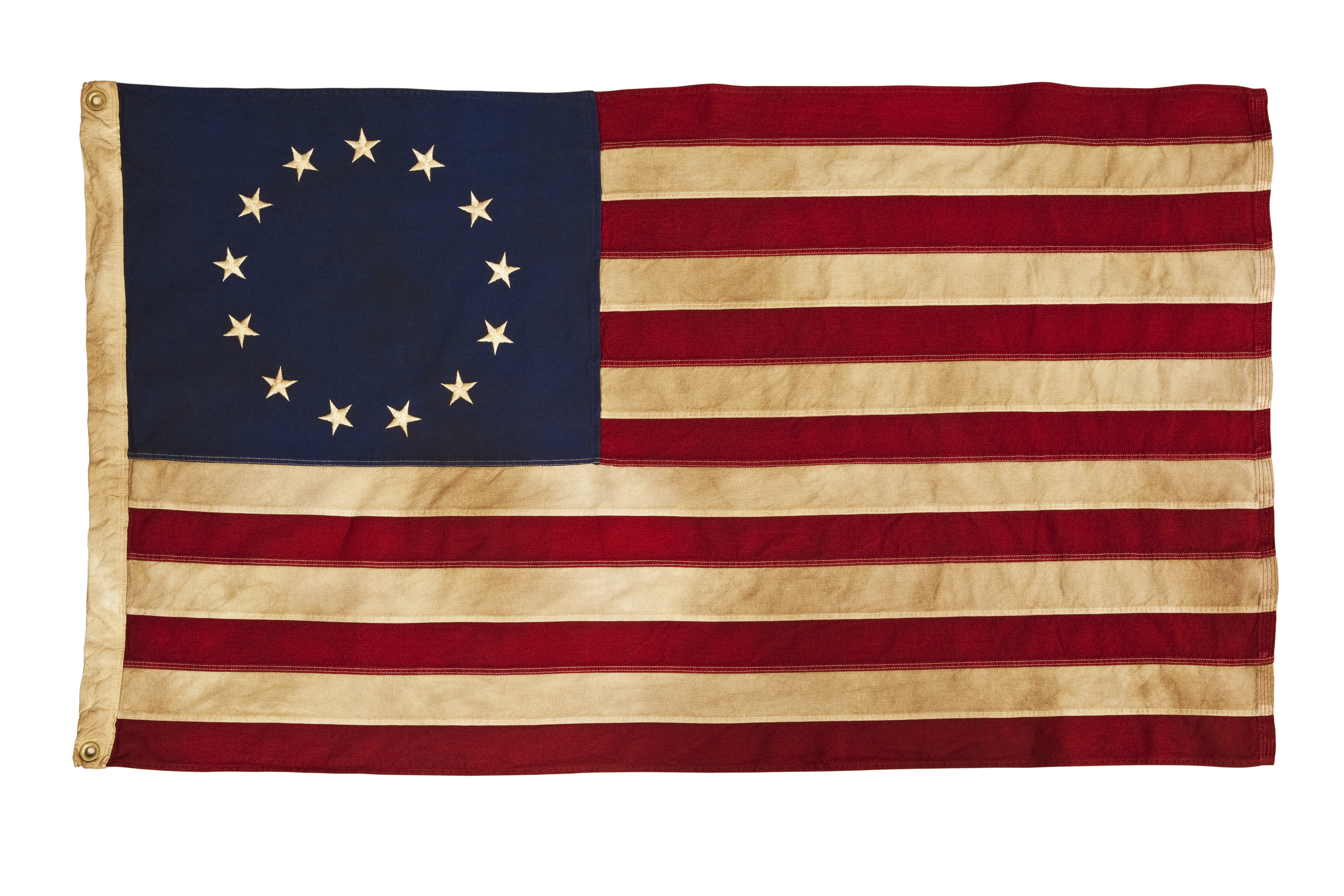
But the United States has had more than just a hundred years of fighting and conflict. Our nation was created on the battlefield, formed out of the blood and sweat of regular men looking to create something new to call their own.
Over three hundred years later, their fight has not been forgotten. We are living proof of that. We are the remnants of those men and those battles.
But there are other remnants, those impossible to forget.
Those souls who have not moved on from the battle, who are still fighting the war with no end in sight. They are trapped on the battlefield between life and death.
These are the ghosts of the revolution.
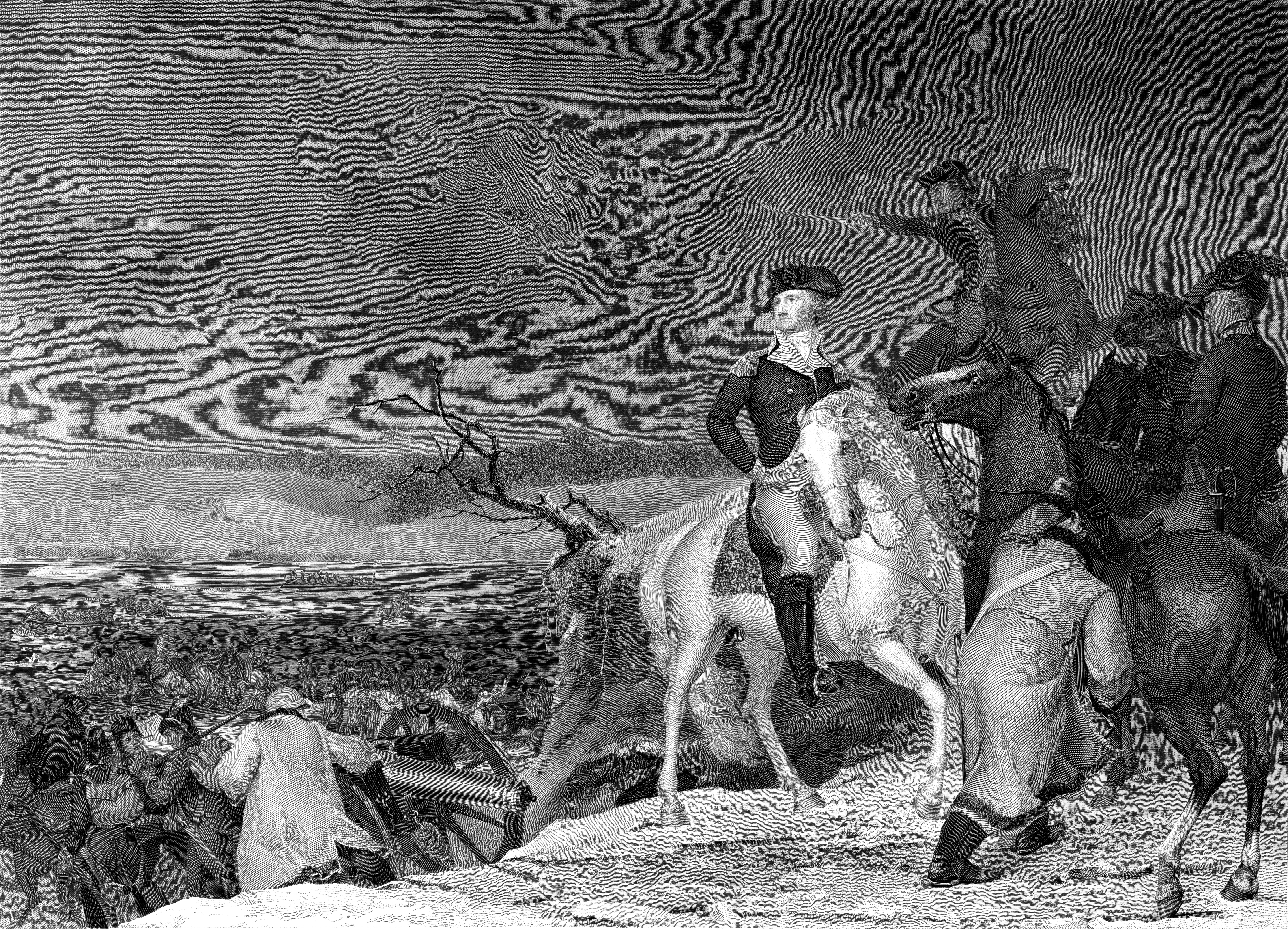
Learn more about Fort Mifflin and Philadelphia’s other haunted locations in one of our haunted tours.
Construction began on the first fort in Philadelphia in 1771 by the British in an attempt to gain more control of the Delaware River, as the Swedish and Dutch had already gained a large threshold.
In an ironic twist, when the colonists had declared their independence from the British Empire in 1776, they finished construction on the fort in an effort to prevent British ships from gaining access to Philadelphia, the capital of the colonies at the time.
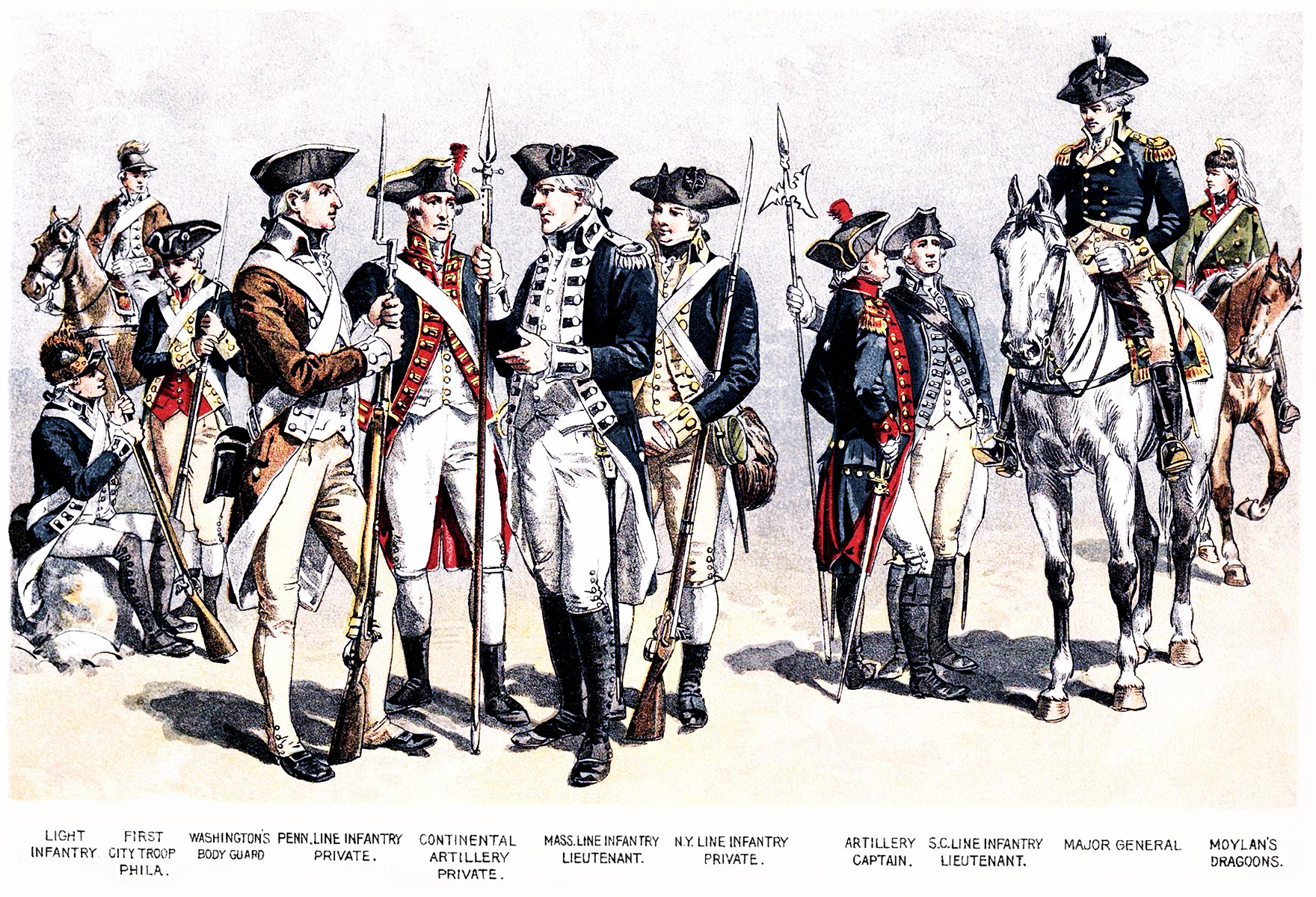
By 1777, the British had a foothold on the capital city but were still surrounded by the American-controlled forts. In need of provisions, General Howe ordered British ships to travel through the Delaware River with supplies.
What came after was the greatest bombardment to take place on American soil; thousands upon thousands of rounds of cannon fodder was fired upon the fort for several weeks. The colonists held fast, but defeat was imminent.
As the last of the colonists fled the fort, they left the British a parting gift of flames and ruin. Though all was not lost. The delay from the long battle allowed for Washington and his men to migrate to Valley Forge.
It was there that America's first true army was forged, an army capable of defeating the world’s greatest empire.
Fort Mifflin continued to be in service until 1954, after nearly two hundred years and several wars. Its scars and memories can still be felt, with some memories refusing to move on.
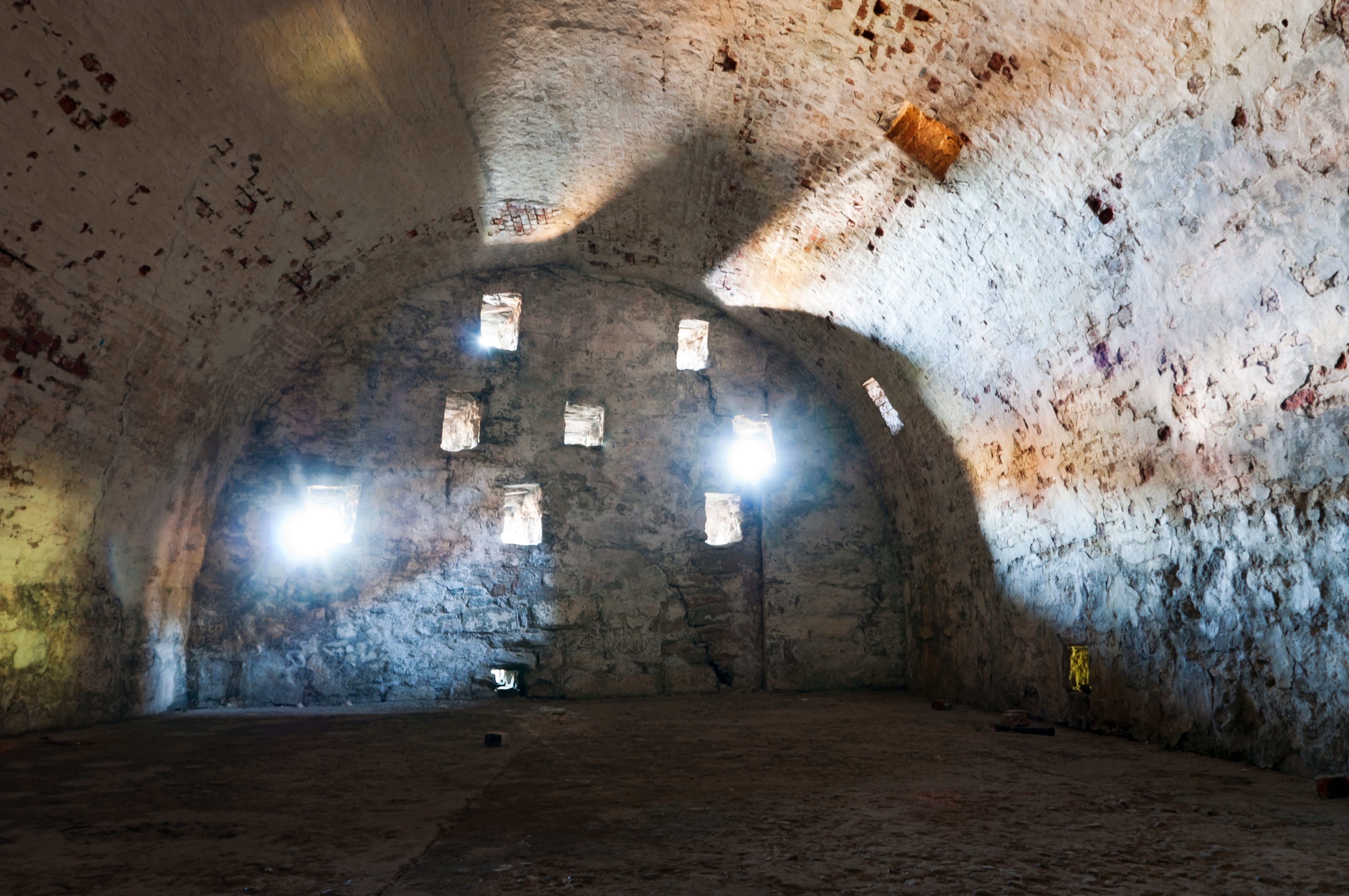
The sound of a shrieking woman can be heard on the grounds of the fort. Though this spirit is never seen, there are those who believe it to be the soul of Elizabeth Pratt, who had disowned her daughter for courting a soldier.
When the daughter grew ill and died, the two were unable to reconcile. The guilt overwhelmed Elizabeth, and she took her life. There are those who say that when news of her daughter’s death came to her, Elizabeth let out a blood-curdling scream, thus solidifying the tale of the shrieking woman.
Another spirit is said to roam the fort, this one hailing from the ashes of the Civil War, his face appearing in shadows. This Faceless Man is believed to be the spirit of William Howe, a Union soldier who left his regime to cure his bout of dysentery.
He returned home to recover, unable to tell his enrollment officer until it was too late, and he and a group of men came to his house to fetch him.
Howe fired two shots outside to scare the men off, not knowing who they were and not knowing he had accidentally killed his enrollment officer.
Howe was subsequently tried and hanged at Fort Mifflin, the last thing he was to see was the black mesh of the hood over his head as the ground gave way and the rope snapped his neck.
Howe’s spirit is still wearing that hood, making him faceless.
Another faceless casualty of war.

This seemingly quaint three-hundred-year-old inn is arguably the most important building in American history.
Originally built in 1716 by James Minot, the home was passed around by several family members through the decades. At some point in the 1770s, a third building was constructed next to the original.
It was also at this point that colonists began to keep supply caches of weapons and ammo due to rising tensions between themselves and the British. When the empire caught wind of these caches, they marched through Concord and met with hostile colonials on the North Bridge not half a mile from the inn.
It was here that the “shot heard around the world” was fired, and the American Revolution had officially begun.
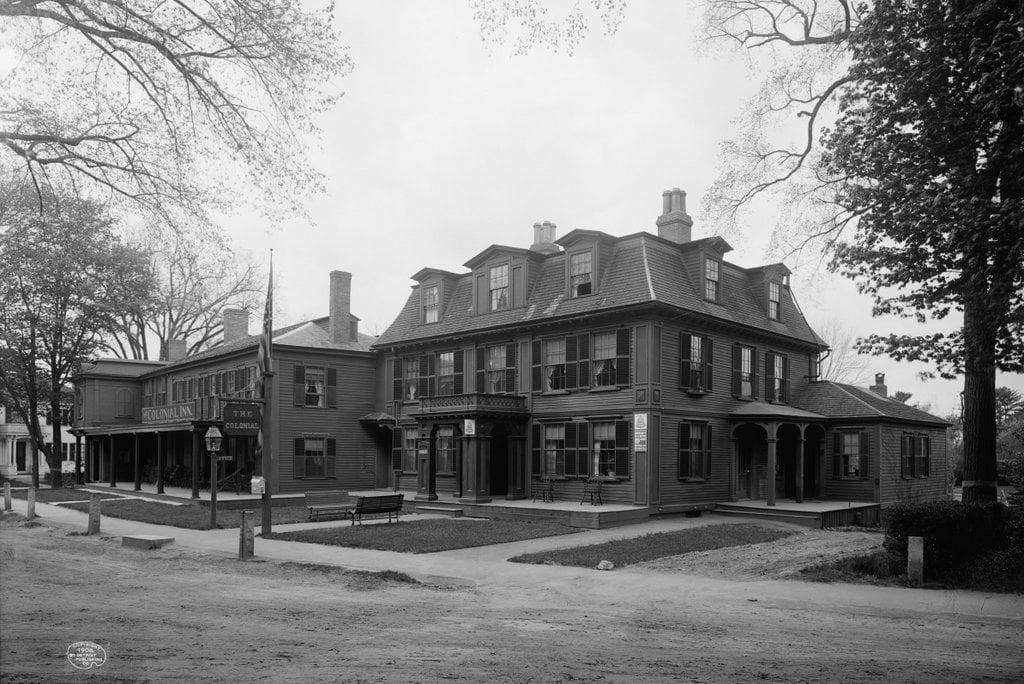
Throughout the war, the inn was used as storage to house supplies like weapons and ammo, much like the caches that had lit the flames of the war.
Aside from storing supplies, the inn was also used as a makeshift hospital for colonial soldiers during the war. What is now room 24 of the inn used to be the operating room during the war, and room 27 served as the morgue.
Today, guests have noticed strange occurrences happening in these rooms and elsewhere in the inn. Everything from lights and TVs flicking on and off to bizarre orbs floating about to even hearing voices that seem to come from nowhere.
Many have reported seeing the apparition of a woman named Rosemary, who was believed to be a nurse at the inn during the Revolution.
One couple even told the inn’s managers of their encounter in Room 24. The wife had woken up to see a greyish figure in the room, almost like a silhouette, moving to the bed to the fireplace. Then, it disappeared.
She stayed awake for the rest of the night
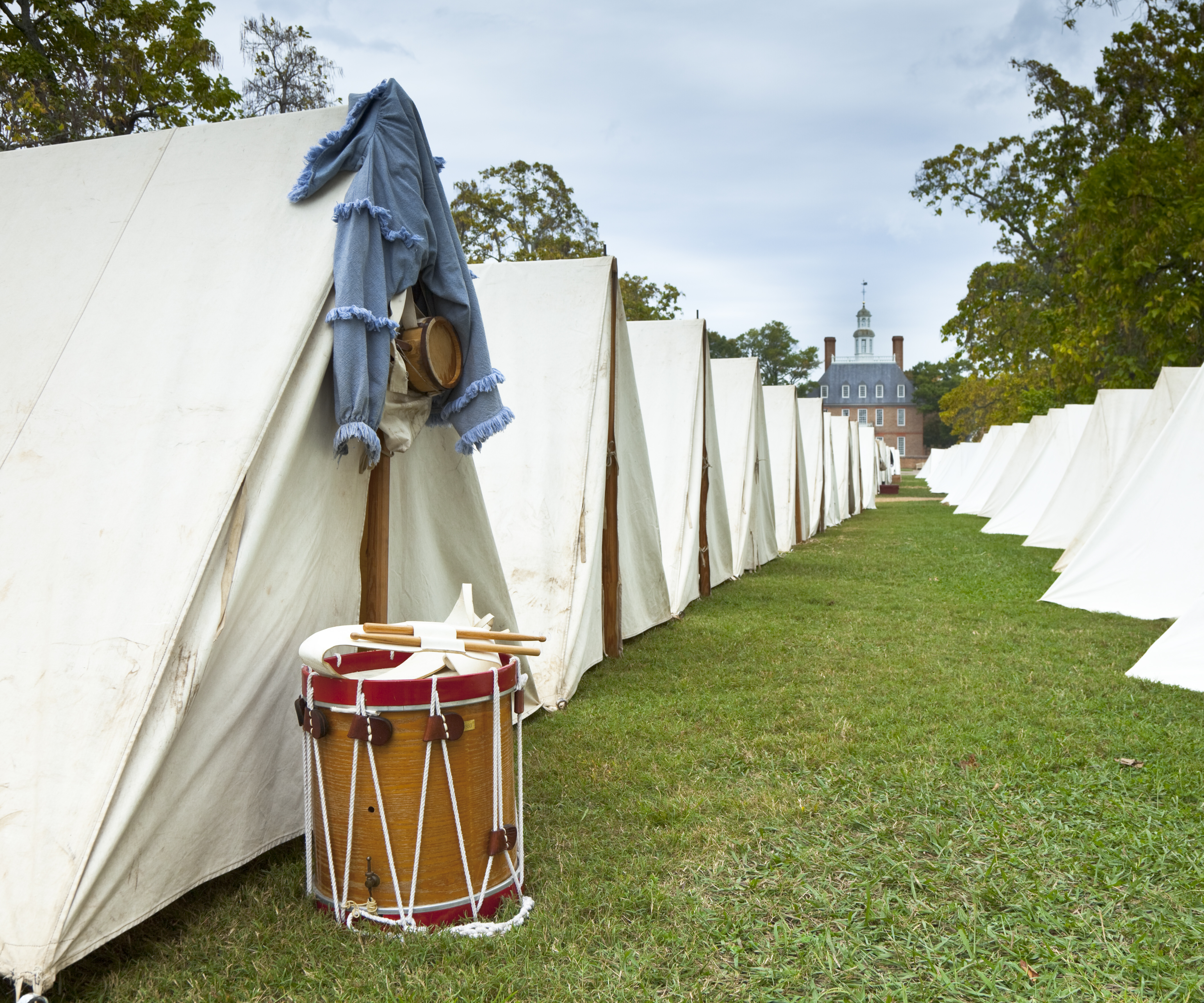
Learn more about Boston’s other haunted locations in one of our haunted tours.
This cemetery has been looming over the city of Boston since 1659. During a time where the city was rapidly expanding, and a string of epidemics decimated the population, more space to bury the dead was precedent.
The hill itself was named after a shoemaker who was a well-known figure of the area.

By the time of the American Revolution in 1775, Boston was occupied by the British army. The army would use the hill and the gravesite to practice their marksmanship and cannon fire, shooting at headstones with little regard to those buried beneath them.
It seems one of the headstones that had received the most punishment was the headstone of Captain Daniel Malcolm, who was a known merchant and British agitator before his death in 1769.
Today, the cemetery is rife with paranormal activity, so much so that some Bonstonains refuse to even venture near it.
Everything from strange lights and muffled cries and painful groans to even shadow figures has been seen at the cemetery.
It’s near impossible to tell if these occurrences are former soldiers of war or the residents of the hill who have been there for centuries.
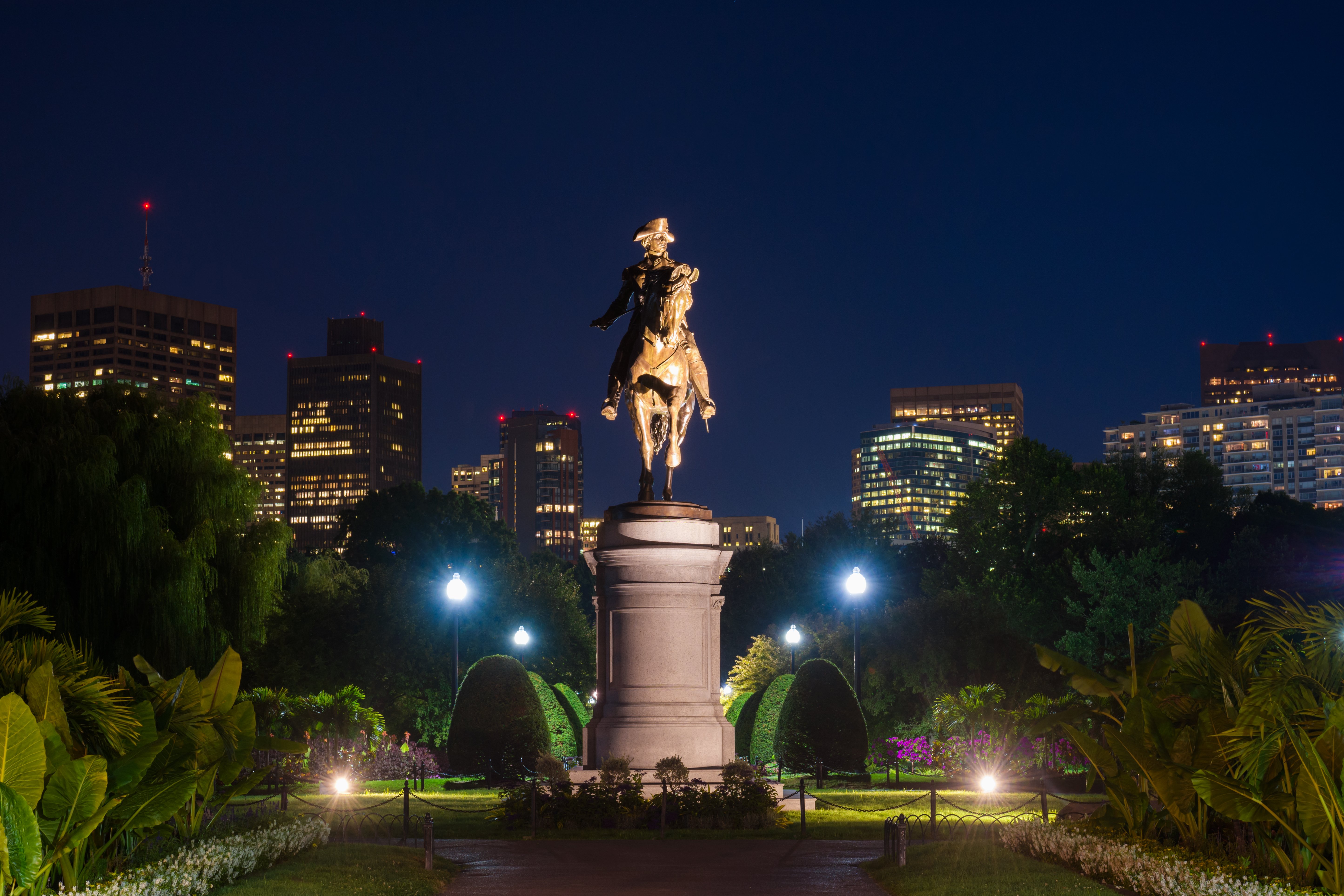
Known as America’s oldest park, Boston Common is a testament to the longevity of the city and nation. Perhaps not as flattering, the park is a testament to death.
The land that Boston Common encompasses was in use ever since the first colonists founded the city.
First used as herding land, Boston Common soon became a slaughterhouse of public executions for more than a hundred years. Criminals, witches, pirates, and even Native Americans felt the noose tighten on their necks, displayed out on a great elm tree. A plaque now sits where many have been sentenced to die.
Many were buried at Central Burying Grounds in Boston Commons. When construction began for the city’s first subway line in 1895, more than a thousand bodies were unearthed.
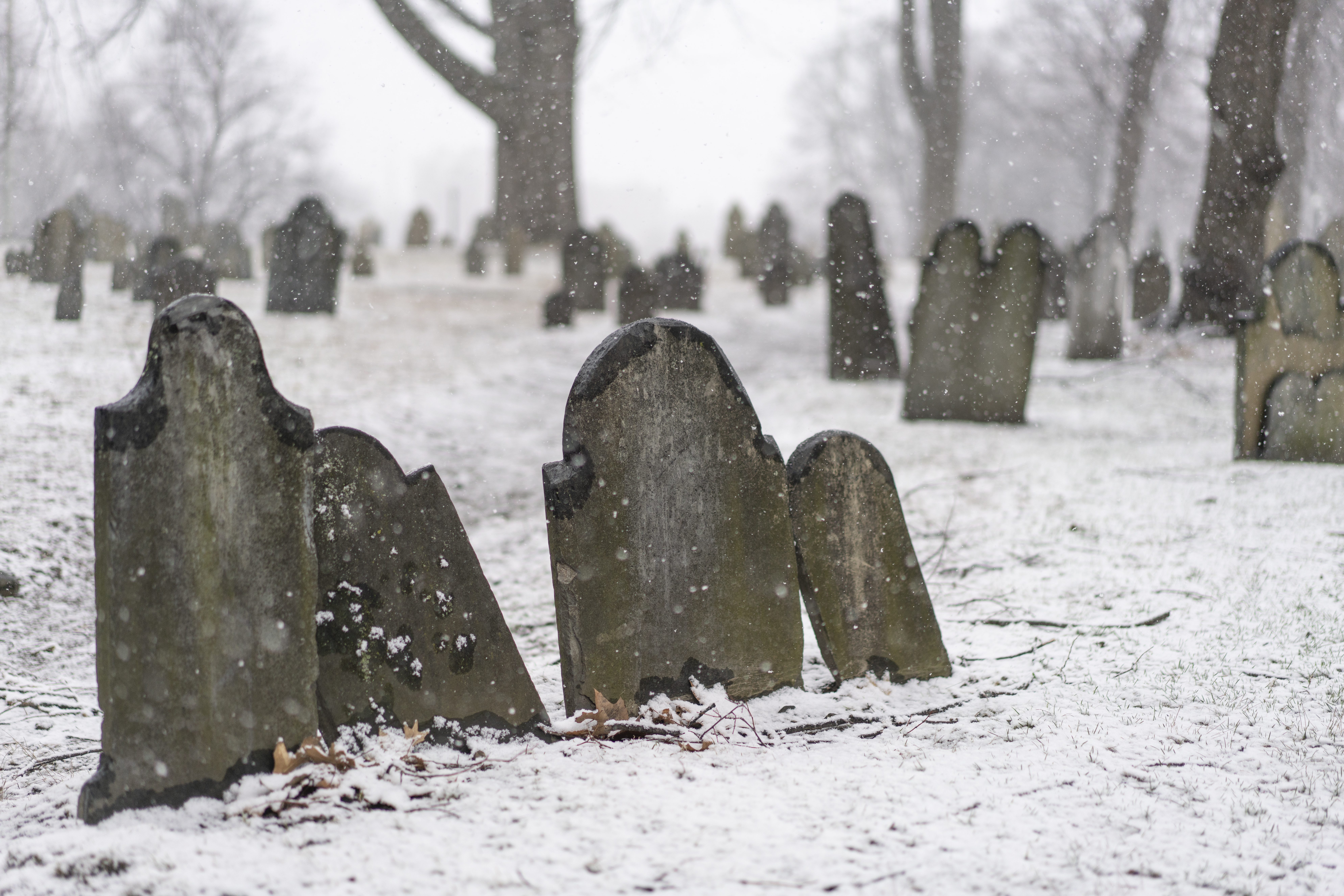
When the Revolution swept over the colonies, Boston Common was used to house British troops. Many left for Lexington and Concord in 1775, which would end up being the battles that started the war.
The area where the great elm gumtree lay as well as the cemetery is well known for its hauntings. People say that despair hangs over the graveyard, almost as if being in a large crowd and longing for escape. Others see shadows moving across the gravestones as if being watched or followed.
At the plaque of the great elm tree, people have reported seeing floating apparitions, as if they were hanging there by something. Other people have noted the sound of creaking rope like it was being tautly pulled.
Even the subway under Boston Common is believed to be haunted. Many conductors have mentioned seeing the image of a British soldier on the tracks, perhaps one of the many men killed during the war.
Even commuters have heard disembodied wails and moans on the subway at times, though it may just be fellow passengers begrudged about being late to work.
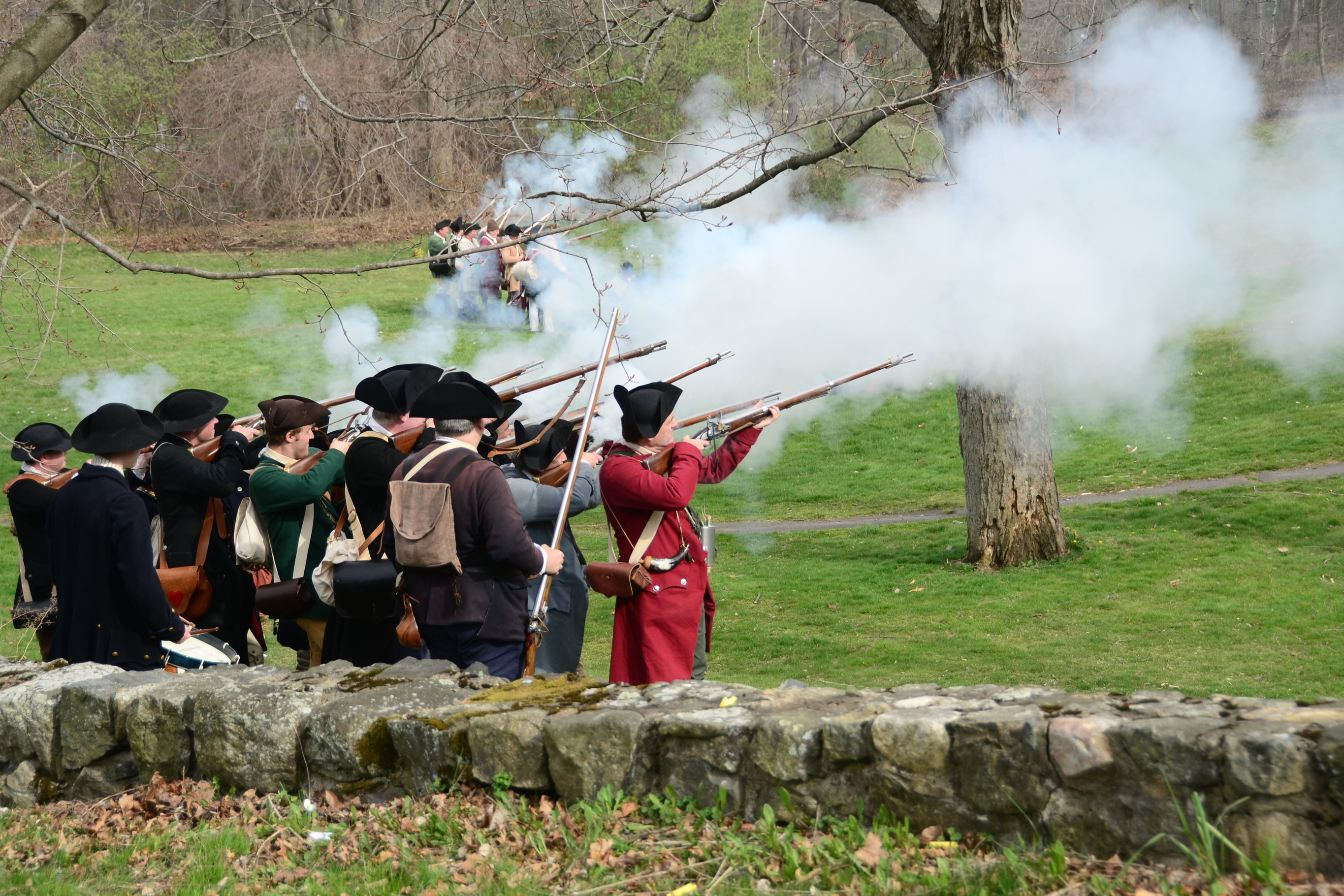
Built in 1765 by British Colonel Roger Morris, this manor sits on the highest point of Manhattan, overlooking that of the harbor, New Jersey, and Connecticut.
Mount Morris, as it was called, was the summer retreat for Morris and his family. But with war looming overhead in 1776, the family fled the manor.
In the Autumn season of 1776, September and October, the mansion became the headquarters for George Washington and his officers. Its location made it ideal for stratagem, and it was this advantage that allowed for Washington to claim his first victory in the war for independence, the Battle of Harlem Heights.
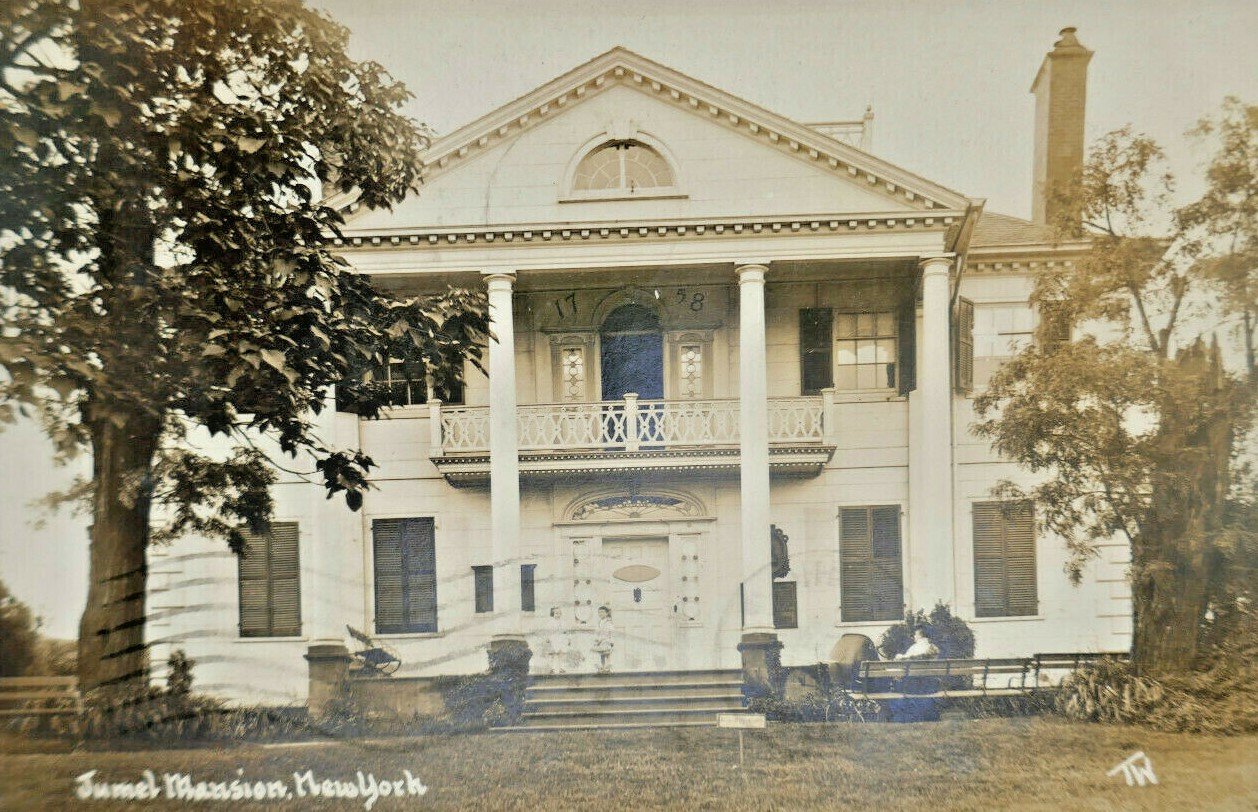
Yet, every victory comes with a defeat. The battle was won, but Washington and his men were forced to flee the manor soon after. Mount Morris would quickly become the headquarters for British officers for the remainder of the war.
One can only assume how different the war could have turned if Washington couldn’t claim this victory.
Interestingly enough, after the war, the manor would host a dinner party with George Washington as the guest of honor, now at this point president of the newly formed United States of America.
Today, the manor is considered one of New York’s most haunted homes.
Two of the most well-known ghosts of the house are former owners after the war, Stephen and Eliza Jumel. Eliza would go on to marry Aaron Burr after Stephen’s death and live in the home. It’s believed that Burr’s spirit resides in the mansion as well.
Many Revolutionary soldiers have been spotted around the property. Apparitions have been reported gathering at the dining room, almost as if at a party. During school trips, some teachers have reported seeing an American soldier walk right through a wall.
One has to wonder if these men know that the war has long ended and if they know that they did not die in vain. That the ringing of liberty has persisted for more than three hundred years.